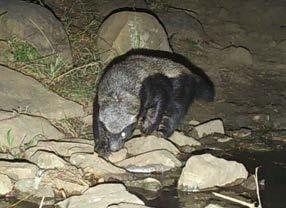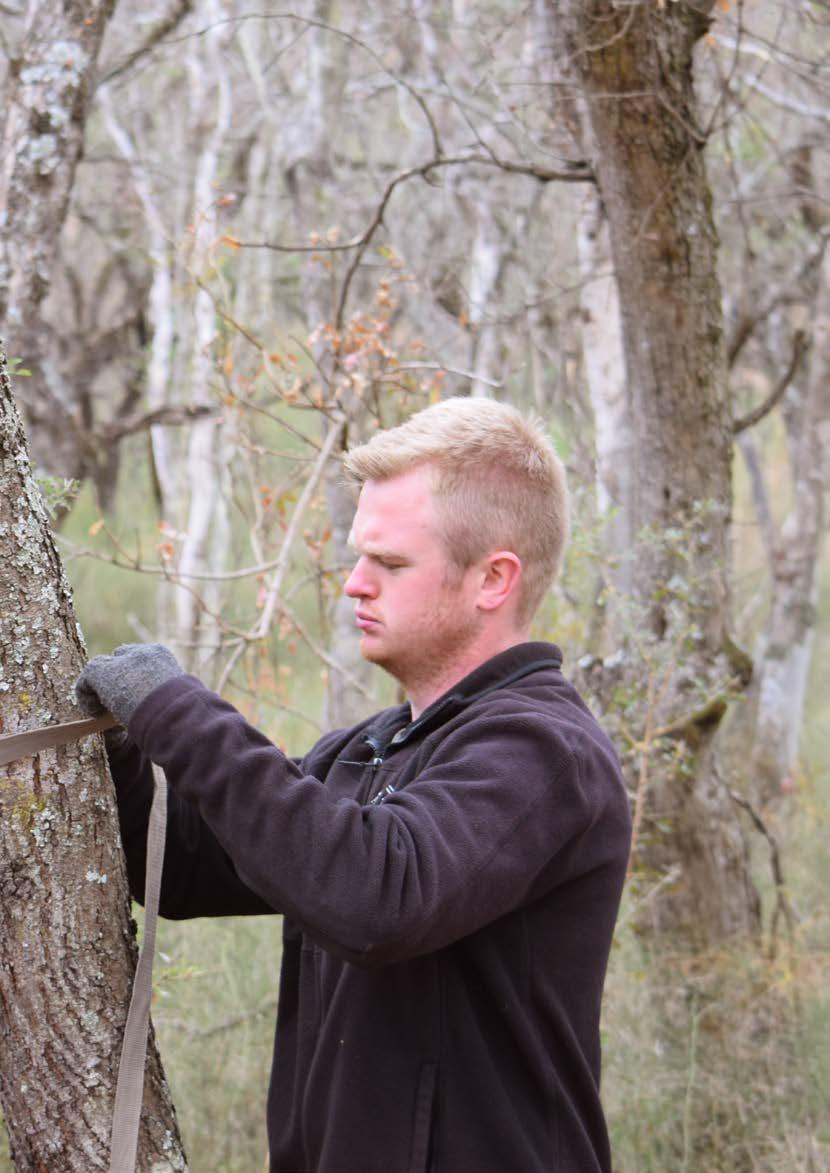
1 minute read
Conservation Technology
Conservation technology can support efforts to monitor and protect wildlife through enhancing our understanding of behaviour, biology, and natural history.
Wildlife rangers on our UmPhafa Private Nature Reserve in South Africa make use of this technology to better understand wildlife and to provide more effective protection.
Advertisement
The reserve spans 6,000 hectares, which makes conservation technology vital for navigating the wide range of habitats, from acacia savannah to mountainous terrain.
DISCOVER WILDLIFE on school grounds and in your local area using our Camera Trap Loan Scheme.
Click HERE to find out more
Camera Traps
Camera traps are wildlife cameras that can be used to observe the number, distribution, and behaviour of animals in a non-invasive manner. Using camera traps, researchers have been able to identify new species in areas and record previously unrecorded behaviours and interactions.


Camera traps are used regularly on UmPhafa to conduct biodiversity surveys. A survey grid is set up at six specific locations (known as zoo sites) and set to record for four weeks.
Cameras are set up next to game trails where animals are passing regularly.
Using camera trap images captured around the reserve, rangers can identify four individual Leopards on the reserve using their different markings. The camera traps have also identified Hyena, Honey Badgers, and Caracals in the area. Carnivores are an indicator of ecosystem health, so their presence also suggests that the habitat is in good condition.
Drones
As well as observing animal movement, drones can be used for a range of conservation methods, such as monitoring poacher activity, replanting forests after fires, and to collect biological samples.

In March 2022, new drones arrived at UmPhafa to help support the rangers’ work on the reserve. During the summer, students for Writtle University College visiting the reserve were able to use the drones to locate lost Kudu, relocate bird hides, and conduct weekly game counts of animals used to monitor animal health and population size.











